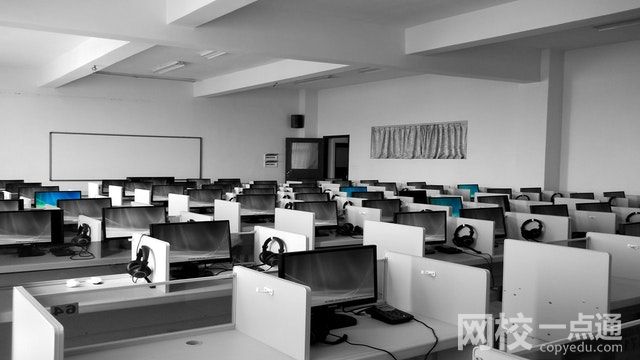pupil是什么意思英文翻譯
導讀:?1. pupil是指學生或者小學生,也可以指眼睛的瞳孔。2. pupil的讀音為['pjupl],讀法為皮尤普爾。3. 用例:例句1:The teacher a...
?1. pupil是指學生或者小學生,也可以指眼睛的瞳孔。
2. pupil的讀音為['pjupl],讀法為“皮尤普爾”。
3. 用例:
例句1:The teacher asked the pupils to line up in alphabetical order.
老師讓學生們按字母順序排隊。
例句2:Her pupils dilated in fear when she saw the spider.
當她看到蜘蛛時,她的瞳孔因恐懼而擴大。
例句3:The school has a total of 500 pupils.
這所學校共有500名學生。
例句4:The teacher praised the pupil for her excellent performance in the math test.
老師表揚這位學生在數(shù)學考試中表現(xiàn)出色。
例句5:The school provides free meals for pupils from low-income families.
這所學校為低收入家庭的學生提供免費餐食。
4. pupil可以與其他詞組合成新詞,如:
pupil-teacher ratio(師生比)
pupil-dilation(瞳孔擴大)
dilated pupil(擴大瞳孔)
pupil-free day(放假日)
5. pupil在英文中的意思和中文對應如下:
英文:pupil
中文1:小學生
中文2:瞳孔
6. 總結(jié):
Pupil一詞可以指代兩個不同的意思,一個是學生或小學生,另一個是眼睛的瞳孔。在英文中,pupil的讀音為['pjupl],讀法為“皮尤普爾”。它可以用來描述學生的身份,也可以用來形容眼睛的變化。,在學校里,老師可以稱呼學生為pupil;而在醫(yī)學上,醫(yī)生會觀察病人的瞳孔來判斷他們的身體狀況。除此之外,pupil還可以與其他詞組合成新詞,如pupil-teacher ratio(師生比)和dilated pupil(擴大瞳孔)等。
對我來說,pupil是一個充滿感情和多重含義的詞語。它可以那些年齡較小的人群,也可以形容眼睛的特征。在日常生活中,我們應該根據(jù)具體情況理解它的含義,并且要注意區(qū)分不同的意思,以免造成誤解。這個詞語讓我感受到了無窮無盡的可能性和豐富性,也讓我意識到語言是如此靈活和多樣化。
-
 pupil是什么意思英文翻譯2025-06-10 11:21:52?1 pupil是指學生或者小學生,也可以指眼睛的瞳孔。2 pupil的讀音為[& 39;pjupl],讀法為皮尤普爾。3 用例:例句1:The teacher a
pupil是什么意思英文翻譯2025-06-10 11:21:52?1 pupil是指學生或者小學生,也可以指眼睛的瞳孔。2 pupil的讀音為[& 39;pjupl],讀法為皮尤普爾。3 用例:例句1:The teacher a -
 privileges是什么意思 privileges是指特殊的權利或優(yōu)勢2025-06-10 11:20:34?1 privileges是什么意思?privileges是指特殊的權利或優(yōu)勢,通常是指某些人或團體擁有的、其他人或團體無法享受到的特權。在詞典行業(yè)中
privileges是什么意思 privileges是指特殊的權利或優(yōu)勢2025-06-10 11:20:34?1 privileges是什么意思?privileges是指特殊的權利或優(yōu)勢,通常是指某些人或團體擁有的、其他人或團體無法享受到的特權。在詞典行業(yè)中 -
 renew是什么意思 renew是一個多義詞常見的含義有“更新續(xù)約恢復重申”等2025-06-10 11:17:33?1 renew的含義及用法詳解的解釋:renew是一個多義詞,常見的含義有更新,續(xù)約,恢復,重申等。作為動詞,它可以表示對某物進行再次更新
renew是什么意思 renew是一個多義詞常見的含義有“更新續(xù)約恢復重申”等2025-06-10 11:17:33?1 renew的含義及用法詳解的解釋:renew是一個多義詞,常見的含義有更新,續(xù)約,恢復,重申等。作為動詞,它可以表示對某物進行再次更新 -
 reese是什么意思 reese是指一種甜點巧克力花生醬杯子蛋糕2025-06-10 11:10:07?1 reese的發(fā)音和意思是什么?的解釋:reese的發(fā)音為 [ris],意思是指一種甜點巧克力花生醬杯子蛋糕,也可以用作姓氏。2 reese的發(fā)音
reese是什么意思 reese是指一種甜點巧克力花生醬杯子蛋糕2025-06-10 11:10:07?1 reese的發(fā)音和意思是什么?的解釋:reese的發(fā)音為 [ris],意思是指一種甜點巧克力花生醬杯子蛋糕,也可以用作姓氏。2 reese的發(fā)音



